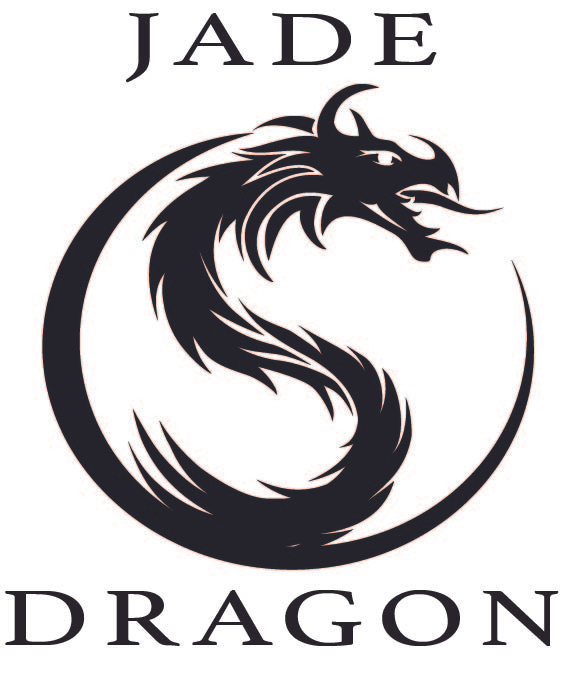Peer-Reviewed Research: Qigong-Based Therapy for Treating Adults with Major Depressive Disorder
A Meta-Analysis of Randomized Controlled Trials
This meta-analysis investigates the effectiveness of Qigong-based therapy for individuals diagnosed with Major Depressive Disorder (MDD). The study synthesizes findings from seven randomized controlled trials (RCTs), comprising 382 participants, with the aim of providing evidence for clinicians considering Qigong as a complementary treatment for depression.
Background and Objectives
Major depressive disorder is a prevalent mental health condition affecting over 300 million people globally, as stated by the World Health Organization. Conventional treatments, including psychotherapy and pharmacotherapy, while effective, come with limitations such as side effects, high dropout rates, and low remission rates. The authors of this study sought to explore Qigong, a traditional mind-body exercise rooted in Chinese medicine, as an alternative therapy to address these limitations. Qigong combines breathing techniques, physical movements, and mental focus to enhance the flow of Qi (vital energy), which is thought to improve physical and mental health.
Methodology
The authors adhered to PRISMA guidelines to conduct a comprehensive search across six databases, including PubMed and PsycINFO. Studies were included based on strict eligibility criteria, ensuring participants were diagnosed with MDD using standardized clinical tools (e.g., DSM-IV). The meta-analysis examined outcomes such as depression severity (measured by tools like the Hamilton Depression Rating Scale), response rates, and remission rates. Statistical methods, including Hedges’ g and odds ratios, were used to quantify the effects of Qigong compared to active and passive control groups.
Key Findings
The meta-analysis provided compelling evidence supporting the effectiveness of Qigong as a complementary therapy for individuals with Major Depressive Disorder (MDD). Overall, the analysis revealed that Qigong significantly reduces depression severity, with a medium effect size (Hedges’ g = −0.64, p < 0.001). The findings highlighted that Qigong was more effective than passive control interventions, such as waitlists (Hedges’ g = −0.80), and demonstrated a smaller but still meaningful advantage over active controls, such as health education and cognitive behavioral therapy (Hedges’ g = −0.47). This positions Qigong as a valuable option, even alongside established active interventions.
Moreover, Qigong improved both response and remission rates for depression. Participants practicing Qigong were more than four times as likely to experience a significant improvement in symptoms (response rate OR = 4.38, p = 0.02) and over eight times as likely to achieve remission (OR = 8.52, p = 0.005) compared to those on waitlists. These findings suggest that Qigong is not only effective in reducing depression severity but also plays a substantial role in helping individuals move toward recovery.
The study also explored different styles of Qigong. Movement Qigong, which integrates gentle physical exercises with mindful breathing and focus, showed strong benefits (Hedges’ g = −0.62), while static Qigong, emphasizing meditation and breathing, also approached statistical significance (Hedges’ g = −0.67). Although no significant difference was observed between the two styles, movement Qigong seemed particularly effective when practiced for 45–60 minutes per session, two to three times weekly, over a 12-week period. For static Qigong, practicing daily for 50 minutes over two weeks demonstrated noticeable improvements. These findings emphasize the flexibility of Qigong, allowing it to be adapted to individual preferences and physical abilities.
Interestingly, the analysis found that longer intervention durations correlated with greater benefits, underlining the importance of consistency and adherence to practice. Many of the included studies combined Qigong with conventional treatments such as antidepressants or psychotherapy, which may have amplified the observed effects. While the exact mechanisms behind Qigong’s benefits are not fully understood, the authors hypothesize that its combination of mindful movement, controlled breathing, and mental focus helps regulate stress, enhance proprioception, and promote homeostasis within the body.
In conclusion, this meta-analysis highlights Qigong’s potential as a safe, accessible, and effective complementary therapy for managing depression. With minimal side effects and significant benefits, it offers a promising option for individuals seeking alternatives or additions to conventional treatment. Whether practiced as movement-based exercises or static meditation, Qigong provides an adaptable approach to enhancing mental well-being.
Strengths and Contributions
Scientific Rigor: By employing strict inclusion criteria and validated assessment tools, the study provides robust evidence supporting the therapeutic value of Qigong.
Clinical Relevance: The findings suggest that Qigong can be an accessible, low-risk intervention for MDD, particularly for patients who experience side effects from medication or are non-responsive to conventional therapies.
Global Perspective: The inclusion of studies conducted in diverse cultural settings (e.g., the USA, China, Germany) enhances the generalizability of the results.
Limitations
Small Sample Size: The total sample across studies was relatively small, limiting the statistical power and generalizability.
Heterogeneity: Variations in Qigong protocols, control conditions, and participant demographics may have influenced the results.
Blinding and Bias: Only a few studies employed blinded assessors, increasing the risk of bias. Furthermore, the lack of adherence data raises concerns about the reliability of long-term effects.
Mechanistic Insights: The article notes a gap in understanding the mechanisms by which Qigong alleviates depressive symptoms. While physiological hypotheses (e.g., enhanced homeostasis) are proposed, further research is needed to validate these claims.
Discussion
The discussion contextualizes the findings within existing literature, highlighting that Qigong integrates physical activity, mindfulness, and controlled breathing, all of which have been independently linked to mood regulation. The authors emphasize Qigong’s advantages, such as low cost, ease of learning, and minimal side effects, making it suitable for a wide range of patients, including older adults.
Despite its promise, the authors caution against overgeneralization due to methodological limitations. They advocate for future RCTs with larger sample sizes, standardized Qigong protocols, and mechanistic studies to elucidate the pathways through which Qigong exerts its effects.
Conclusion
The meta-analysis concludes that Qigong is a potentially effective complementary therapy for MDD. The authors recommend movement Qigong for 45–60 minutes, two to three times weekly, over 12 weeks, or static Qigong for 50 minutes daily. They call for rigorous future research to confirm these findings and refine intervention protocols.
APA Citation
Guo, L., Kong, Z., & Zhang, Y. (2019). Qigong-based therapy for treating adults with major depressive disorder: A meta-analysis of randomized controlled trials. International Journal of Environmental Research and Public Health, 16(5), 826
.
For more information on how practices like Qigong and meditation influence mental and physical health, please head over to www.jadedragon.org.
If you found this post informative, we kindly request you to like, comment, subscribe, and share it with your friends and family. Spreading the word will help us reach more people, offering them the potential for improved health, strength, and peace of mind.



